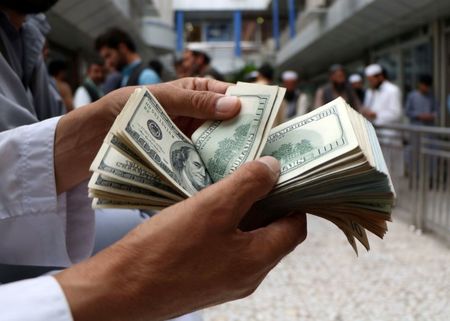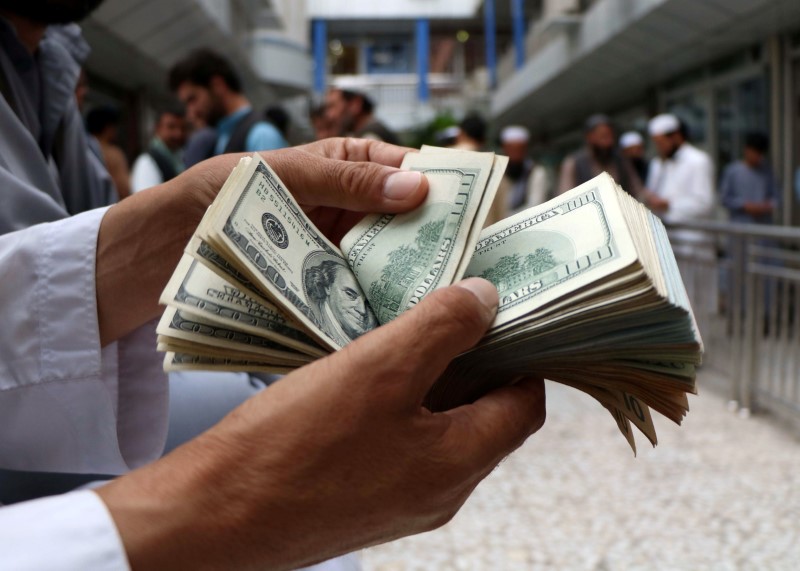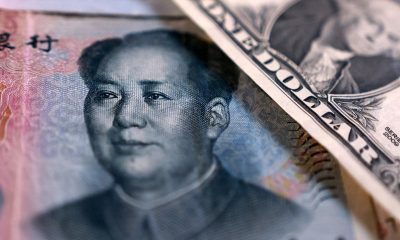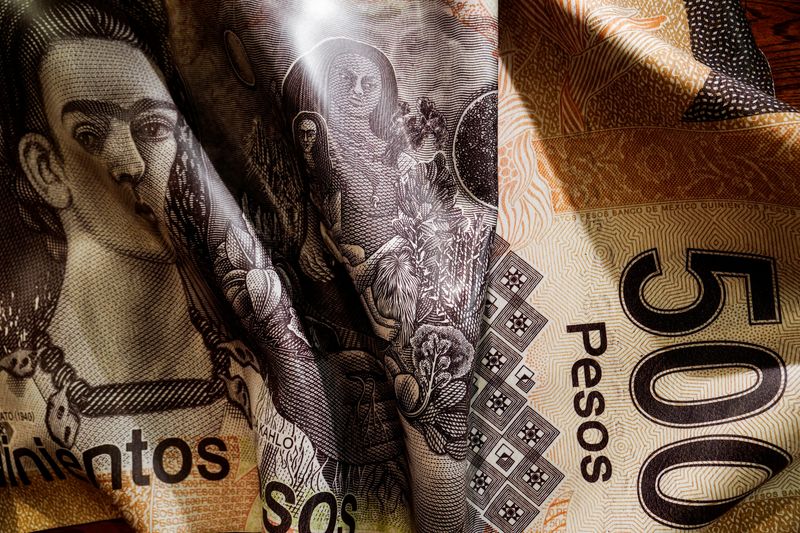Forex
Dollar edges higher but set for weekly loss; Fed’s Williams in spotlight


© Reuters.
Investing.com – The U.S. dollar edged higher in early European trade Friday, but remained on course for its steepest weekly decline since July after the Federal Reserve signaled rate cuts next year while central banks in Europe stuck to their hawkish paths.
At 04:15 ET (09:15 GMT), the Dollar Index, which tracks the greenback against a basket of six other currencies, traded 0.1% higher at 101.702, not far from the four-month low of 101.459 seen earlier Friday.
The index is down over 2% this week so far.
Fed’s dovish pivot hits the dollar
Both the and the expressed their desire to keep policy tight well into next year to combat inflation, as they kept interest rates unchanged on Thursday.
The ECB said policy easing was not even brought up in a two-day meeting, the BOE said rates would remain high for “an extended period.”
This contrasted with the Fed’s pivot towards rate cuts, and means that the dollar will remain out of favor as the year comes to an end.
“As the dust settles after a furious period for central bank meetings we are left to conclude that European policymakers have chosen to push back more than the Fed when it comes to what the market prices for 2024 rate cuts,” said analysts at ING, in a note.
There’s more U.S. economic data to digest later in the session, including November and production as well as S&P numbers, but most focus will be on a speech by Fed policymaker , as the market looks for confirmation that the debate has moved on to the timing of the first rate cut.
“Should Williams mention rate cuts, we suspect the dollar will stay on the soft side today,” ING added.
Euro, sterling fall back from recent highs
fell 0.3% to 1.0953, just below 1.1009, a two-week high it touched on Thursday, after PMI data showed that deteriorated in December, increasing the likelihood of a recession in Europe’s biggest economy at the end of the year.
Still, while the ECB’s next move should be a lowering of interest rates from record highs the central bank should “enjoy the view” for a while, French central bank chief Francois Villeroy de Galhau said on Friday, implying a rate cut was not imminent.
fell 0.2% to 1.2747, with sterling having surged 1.1% to a four-month peak on Thursday after BoE’s hawkish tilt.
“Of the recent central bank meetings, the Bank of England probably offered the most pushback against dovish expectations,” said ING. “There was nothing in their statement to encourage dovish expectations for 2024.”
Yen steadies ahead of next week’s BOJ meeting
In Asia, traded 0.1% lower to 141.75, with the Japanese yen steadied near a four-month high to the dollar, having appreciated sharply against the greenback in recent sessions.
But further gains in the yen were uncertain, with the expected to maintain its ultra-dovish stance in its final meeting for the year next week.
traded 0.1% lower at 7.1035, after the People’s Bank of China injected 1.45 trillion yuan ($200 billion) into the economy through its medium-term lending facility.
Economic data also offered some positive cues on China. grew more than expected in November, although and fixed asset investment missed expectations.
rose 0.3% to 0.6717, as the Aussie dollar, a major indicator of Asian risk sentiment, rose to an over four-month high.

 Forex3 years ago
Forex3 years agoForex Today: the dollar is gaining strength amid gloomy sentiment at the start of the Fed’s week

 Forex3 years ago
Forex3 years agoUnbiased review of Pocket Option broker

 Forex3 years ago
Forex3 years agoDollar to pound sterling exchange rate today: Pound plummeted to its lowest since 1985

 Forex3 years ago
Forex3 years agoHow is the Australian dollar doing today?

 Cryptocurrency3 years ago
Cryptocurrency3 years agoWhat happened in the crypto market – current events today

 World3 years ago
World3 years agoWhy are modern video games an art form?

 Commodities3 years ago
Commodities3 years agoCopper continues to fall in price on expectations of lower demand in China

 Economy3 years ago
Economy3 years agoCrude oil tankers double in price due to EU anti-Russian sanctions


























